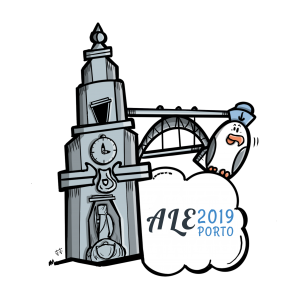What can we learn from cities?

Nuno Rafael Gomes
As an Organizational Coach I work mainly with complex adaptive systems, that is, organizations and information systems that aim to be resilient, meaning, capable of rapidly responding and thriving on change by re-configuring its initial coherent state with minimum loss of function.
Some of those organizations I work with are:
- IOSAE
- Prozis
- Basecone
- Agile Connect
- Celfocus (Novabase Group)
Some of the information systems I deal with are:
- IoT
- eCommerce
- Cloud Distributed Systems
- Telco DXL (Digital eXperience Layer)
Organizational Agility - 22nd August
What can we learn from cities?
At scale, managing daily operations, developing a portfolio of products and services, tackling innovation, advancing people, strengthen organizational capabilities... it's hard, very hard. The cities we built over the millennia provide a powerful analogy to design resilient systems. What can we learn from them?
As an organization grows, inertia starts to kick in. Is it a good or a bad thing?
We, humans, are hard-wired to simplify, abstract, and forget the inner working details of the stuff we interact with.
However, the way we have been developing technology over the past decades mimics the mechanistic view of the industrial revolution from the XIX century.
And thus, we usually panic with complexity because we simply don't trust each other or the technologies we build and rely on.
If humanity is to survive we need to change that as soon as possible.
Being a Civil Engineer by training, with a professional background both in Manufacturing and Networking Engineering, and working as an Organizational Coach for several organizations, I will deep dive into how our civilization has built and grown cities since immemorial times, long before the dawn of the Industrial Revolution, and will explain why cities are some of the best complex adaptive systems (CAS) humanity has ever built, why the best ones are highly resilient, and what urban concepts and guiding principles we can abstract and transfer to modern information systems and to the organizations that design and build them, with a special focus on some social and technology scaling and descaling patterns.
